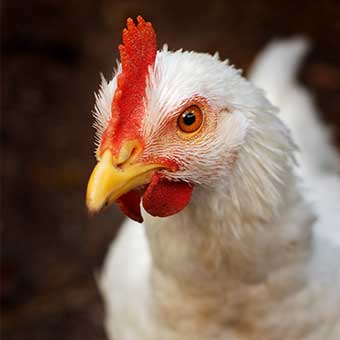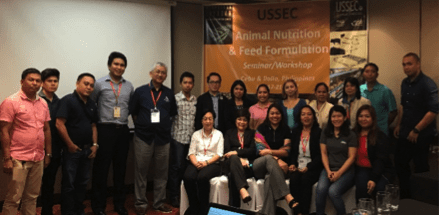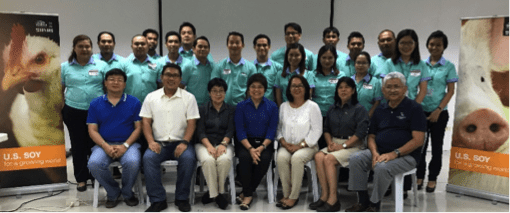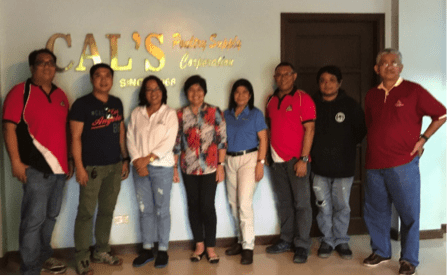USSEC Holds Animal Nutrition and Feed Formulation Workshop and In-House Meeting in the Philippines
- Category:
- Animal Utilization
- General News

The USSEC Philippines technical team promoted the advantages of U.S. soybean meal and full fat soybean meal in Cebu City, Roxas City, and IloIlo City in the Visayas islands in the Philippines on July 17-21.
Two seminars were conducted in the Visyas region. In Cebu, 35 nutritionists and feedmillers attended an in-house seminar for the production team of New Panay Agri-ventures, the second biggest commercial feedmill in iloIlo City, part of Panay Islands in the Visayas. Both seminars covered animal nutrition, quality control for raw materials, and finished feed and finishing with a formulation demonstration and an exercise. The updated formulation database was used for the exercise, showing that U.S. soybean meal has a higher premium compared with both Argentine and Brazilian soybean meal in all diets formulated.


Apart from the two seminars, the team also conducted roundtable discussions with Universal Feed Inc (Unifeeds) in Cebu and with Cal’s poultry farm, the largest commerical poulty operation, and feedmill in Roxas City.
Unifeeds is the biggest commercial feedmiller in Cebu province after SMFI. It imports U.S. soybean meal through a consolidation based in Cebu. Its president and general manager, Elenita De Manuel, confirmed their interest to put up their own extrusion plant to produce full fat soybean meal after USSEC’s presentation on full fat soybean meal production and utilization. With its current feed production of 5,000,000 metri tons (MT) of feeds per year, a 10 percent inclusion rate of full fat soybean meal will mean an additional 50,000 MT of U.S. soybeans imported by the Philippines. In Roxas City, Cal’s farm is producing 800,000 broilers every 32 days, and layers of 250,000 and breeders of 60,000 heads. With its current population, its soybean meal usage is 700 metric tons per year. Wilfred Yap, Cal’s general manager, vowed to use only U.S. soybean meal when available, because his formulation database shows higher ME and DAA for U.S. soybean meal compared with Argetine soybean meal. They are currently buying soybean meal from local traders, but the organizaton is keen to join consolidators or buy directly in containers to assure a continuous supply of U.S. soybean meal. USSEC provided Cal’s with names and contact details of U.S. soybean meal consolidators. The presentation on comparison of soybean meal from different origins showed then that U.S. soybean meal contains consistently higher ME and DAA.


To date, the U.S. soybeans imported by the country have almost doubled the volume imported in 2016. Almost 100 percent of the full fat soybean meal production in the Philippines uses U.S. soybeans. The high prices of coconut oil and other energy-source ingredients are the main driver of the increasing production and utilization of full fat soybean meal.